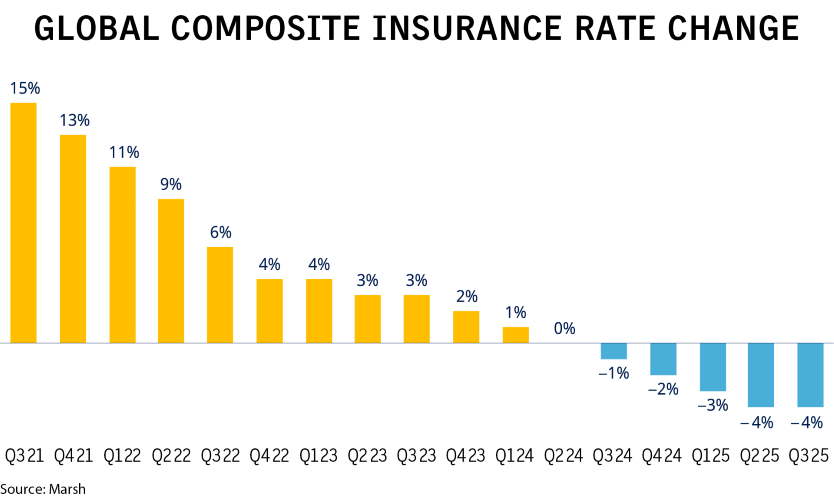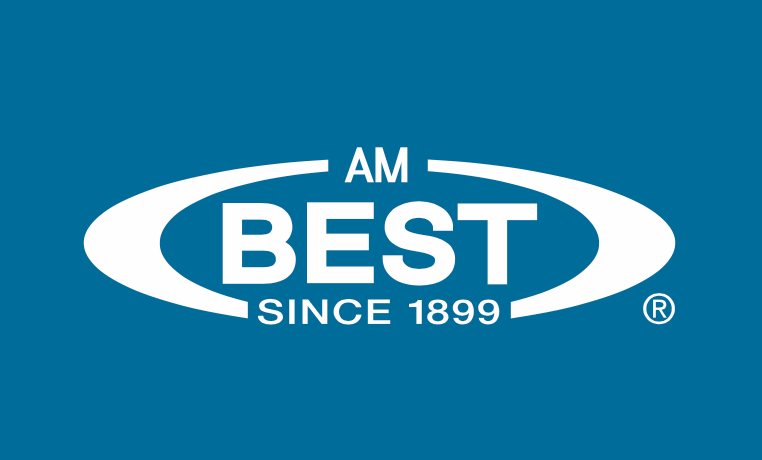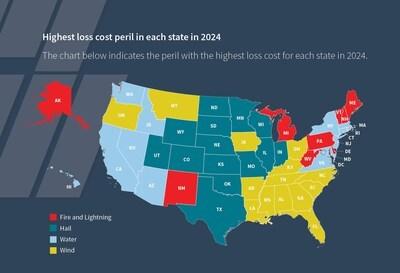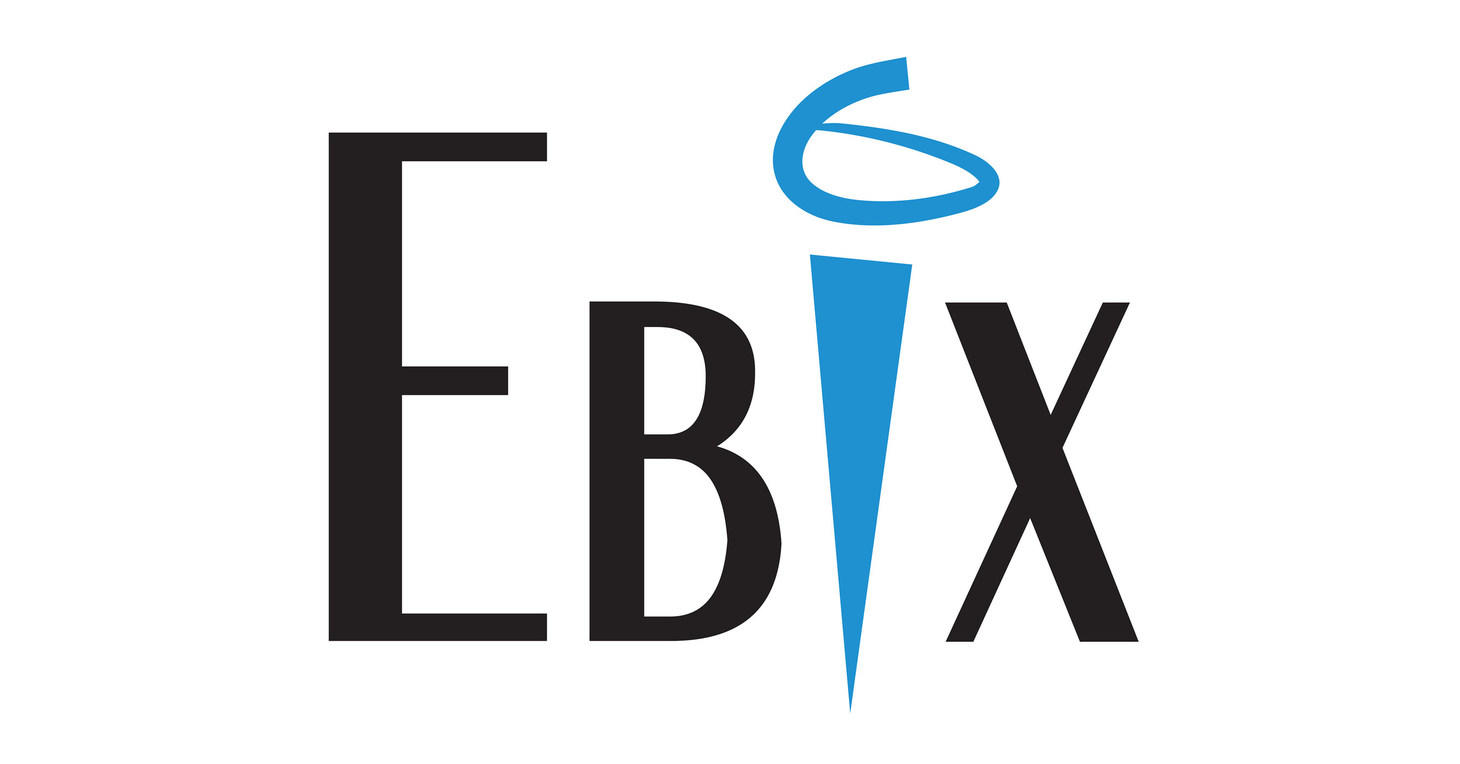AI in Insurance

AM Best Warns of Emerging AI Threat to Insurance Data Integrity
In Best's Review October 2025, AM Best warns that artificial intelligence (AI) model poisoning poses hidden risks to insurers' data integrity and operations.
AM Best's Best's Review October 2025 edition features an article by Lori Chordas titled "AM Best: AI Model Poisoning Emerges as New Threat to Insurance Data Integrity." The article explores how model poisoning—an emerging form of artificial intelligence (AI) manipulation—poses new risks to data reliability and insurance operations, according to AM Best Director Edin Imsirovic.
As insurers expand the use of AI for underwriting, claims, and fraud detection, model poisoning has surfaced as a potential vulnerability that extends beyond traditional cybersecurity concerns. Attackers can subtly alter training data, leading to flawed model outputs that may go undetected, per the article.
According to the author, insurers' reliance on third-party data—from telematics and credit bureaus to internet of things (IoT) devices—introduces multiple entry points for corrupted or manipulated data. Traditional cybersecurity tools may not flag these threats because models can continue operating while quietly producing errors, adding operational and reputational risks for insurers.
The article notes that while there are no confirmed public cases of model poisoning in insurance, the issue is gaining attention in cybersecurity and academic research. Controlled studies in other sectors show that even limited data manipulation can distort AI model behavior, which may justify its inclusion in insurers' emerging risk frameworks, according to AM Best.
News

Average U.S. commercial rates down in third quarter: Marsh
Average commercial insurance renewal rates in the U.S. returned to negative territory in the third quarter, led by property rates, Marsh said Thursday.
Casualty rates continued to increase, but those for property, financial and professional lines and cyber liability fell, as buyers benefited from a competitive insurance market, according to the broker’s quarterly pricing index.
Globally, rates fell 4%, consistent with the second quarter, marking the fifth straight quarter of declines. Property rates fell 8%, financial and professional lines declined 5% and cyber rates were down 6%, while casualty rates increased 3%.
In the U.S., rates edged down 1%. They were flat in the second quarter.
Property rates declined 9%, unchanged from the second quarter, as some insurers offered more favorable policy terms to attract business amid increased competition, Marsh said.
Casualty rate increases in the U.S. decelerated to 8%, from 9% in the prior quarter. Excluding workers compensation, casualty rates increased by 11%.
Auto liability continues to face pressure from large jury verdicts and rising damage repair costs, Marsh said. General liability rates increased by 2%, with larger increases in the real estate, hospitality and public entity sectors, due to loss activity.

US P&C rating upgrades rise slightly in H1’25, downgrades hold steady: AM Best
In the first half of 2025, US property/casualty (P&C) insurers saw a slight increase in issuer credit rating upgrades, rising to 18 from 16 in the same period a year earlier, while downgrades remained steady at 20, according to a recent AM Best special report.
By line of business, five ratings in the personal lines segment were upgraded and 13 downgraded, compared with six upgrades and 13 downgrades in H1’24.
In commercial lines, 13 were upgraded and seven downgraded, versus 10 upgrades and seven downgrades a year earlier.
Most 2025 downgrades affected carriers in the homeowners or personal property segments, reflecting heightened catastrophe losses, more frequent and severe secondary perils, and higher reinsurance costs and retentions.
Nearly a third (30%) of downgrades were driven by poor operating performance, as outsized losses from weather and inflation caused volatility in results over the past few years.
The primary driver of P&C rating upgrades was a change in rating unit composition, such as an insurer merging with a higher-rated group, accounting for 44.4% of upgrades. Improved operating performance was the next most common driver, accounting for a third of upgrades.
The report noted that rating affirmations were the most common action taken across all segments, comprising 80% of rating actions on P&C insurers in H1’25, totalling 261.
Research

LexisNexis U.S. Home Insurance Trends Report Highlights Rising Peril Severity as Catastrophic Claims Hit Seven-Year High
LexisNexis® Risk Solutions today released its 10th annual LexisNexis U.S. Home Trends Report, providing an updated analysis of by-peril claims trends in the U.S. home insurance industry to help carriers make more informed, strategic decisions. Examining loss cost and claims frequency and severity, the report also offers insights into seasonality shifts, catastrophic claims and geographic patterns, including trends by U.S. state.
Key Takeaways
- All Peril severity increased 9% between 2023 and 2024, the highest in seven years, with 2024 breaking records set in 2023 as the U.S. experienced 27 climate disasters with $1 billion or more in damages, and 21% above the long-term average. All Peril loss cost was 49.7% higher in 2024 than in 2019.
- Catastrophe claims represented 42% of claims across all perils combined in 2024, while catastrophe losses increased to 64%, another seven-year high signaling the growth of catastrophic events driving overall loss trends.
- Wind claims surged in 2024, with severity up23.5% and loss costs jumping 30.7%, fueled by Hurricanes Helene and Milton – two of the costliest events of the yeari. Losses peaked in September last year, the height of hurricane season.
- Hail loss costs was 19% above the seven-year average in 2024 and nearly two-thirds of claims deemed catastrophic. Loss cost for other weather-related perils declined across Fire and Lightning (down 3%) and Non-Weather-Related Water (down 4.3%) from 2023 to 2024, while Weather Related Water rose 25.4%.

Rising Homeowners Coverage Gaps Underscore Agents’ Expanding Role - IA Magazine
New reports from Nationwide and The Hanover reveal widening gaps in insurance coverage—and an expanding role for agents helping clients navigate today’s risk environment.
As homeowners contend with inflation, extreme weather and increasingly complex coverage needs, new reports from Nationwide and The Hanover reveal widening gaps in insurance coverage and the growing need for agents to guide clients through today’s risk environment.
While 63% of homeowners say they’re confident that their insurance policy would meet their needs in the event of a claim, 57% still worry that their policies may not cover specific damage or incidents, according to Nationwide’s “2025 Homeowners Report.
Nationwide’s report, which surveyed both U.S. homeowners and independent insurance agents, found that top homeowner concerns include rising premiums (43%), severe weather (39%), unexpected repairs (37%) and aging home systems (34%).
Meanwhile, 78% of agents report that clients are reevaluating their policies to reduce premiums, 76% say their clients are requoting through other carriers and 68% have seen clients cut coverage to save money.
However, 61% of agents say they have seen clients increase coverage to match rising home equity and repair costs, reflecting the delicate balance between affordability and adequate protection.MORE

Auto insurers prep for new driving risk on U.S. roads
U.S. drivers are spending more time on the road in slower and more congested traffic, presenting a new problem for auto insurers, according to a report by Arity.
Risk is shifting off the highways and onto local roads where constant braking, acceleration and stop-and-go traffic signals are growing collision exposure, the data showed, challenging traditional risk models and pricing assumptions heading into 2026.
“We’re seeing real shifts - not just in how people drive, but in when, where, and why they’re hitting the road, Megan Jones, senior actuary and analytics director at Arity told PropertyCasualty360.com.
“As trips get longer and commuting traffic picks back up, delayed measures of risk just aren't cutting it anymore,” she added. “This year’s report gives insurers a clearer picture of what's changing and the potential impact these leading indicators can have on geographic risk. These kinds of insights are key to building smarter, more flexible models that can keep up with how mobility is evolving in 2026 and beyond.”
Key takeaway - Drivers are spending more time on the road. Trip lengths and durations are rising, signaling longer commutes and greater exposure – and with that, higher claim potential. MORE TAKEAWAYS
Telematics, Driving & Insurance

ITC Briefing: Arity’s New Geosight Product, Telematics-Driven Pricing and Engagement |
Arity (Chicago), a mobility data and analytics company founded by Allstate in 2016, attended ITC 2025 to highlight how its driving-behavior insights can help insurers price risk more accurately and deepen engagement with policyholders.
“It’s one of the premier events for InsurTech,” comments Henry Kowal, Director, Outbound Product Management, Insurance Solutions, Arity. “We’re here to share with insurance companies what we have to offer, what’s new, and what’s great.”
Kowal says Arity’s data and suite of products support insurers across the entire customer journey—from acquisition and underwriting to claims and retention. “Our data can help make insurance less expensive if individuals are good drivers, and appropriately priced if they’re not,” he explains. “It also enables engagement, because usually insurance is something you buy and don’t think about. Insurers want to develop relationships with their policyholders.”
He cites smartphone telematics programs that coach drivers on safer habits and detect crashes in real time. “These features can alert when a crash has happened,” Kowal says. “An insurer can send an emergency response or use that data to help process claims faster.”
At ITC, Arity introduced GeoSight, a new product that applies driving data to improve insurers’ territorial rate-making. “Setting insurance rates is difficult and challenging,” Kowal explains. “One of the variables is territorial rate-making—the idea that where you live has risk to it, based on traffic patterns, crime, and repair costs.”

Cambridge Mobile Telematics launches next-gen AI suite for mobility | Repairer Driven News
Cambridge Mobile Telematics (CMT) has launched DriveWell Atlas, a suite of telematics foundation models for AI in mobility.
Building on more than a decade of applying AI to driving data, the approach of DriveWell Atlas mirrors the foundation model revolution that is transforming industries from language to robotics, a CMT press release says.
DriveWell Atlas learns the underlying physics of force, motion, and trajectory across CMT’s platform. CMT sensor data detects distracted driving, crashes, and risky behaviors. CMT says DriveWell Atlas “fundamentally transforms how insurers and mobility providers predict, prevent, and respond to risk.”
“Foundation models are redefining what’s possible in AI,” said Hari Balakrishnan, CMT’s co-founder and chief technology officer, in the release. “At CMT, we’re applying this breakthrough to mobility. Our team has built foundation models that understand the physics of driving at an entirely new level. This means more effective risk prediction, prevention, and response for insurers, mobility providers, and the public sector, better experiences for drivers, and safer roads for everyone.”
InsurTech/M&A/Finance💰/Collaboration

Federato Launches Agentic AI Platform for Insurers
Federato (San Francisco) has launched an enterprise-grade agentic AI platform for the insurance industry, aiming to improve underwriting precision and accelerate decision-making across the policy lifecycle.
According to Federato, fewer than 25 percent of bound risks currently align with insurers’ stated strategies—a gap the company attributes to submission overload and outdated processes. The new platform addresses this challenge by proactively generating complete, explainable quotes in minutes, using logic aligned with a carrier’s real-time risk appetite.
“It’s a transformative way of working. AI analyzes large amounts of data at machine speed, while freeing expert underwriters to do what they do best: making nuanced decisions and building relationships,” comments William Steenbergen, Co-Founder and CTO, Federato (pictured).
The platform uses agentic AI to replicate how a human underwriter reasons through a submission, prioritizing risks in accordance with strategic goals. Every quote includes a rationale, allowing underwriters to review and validate results with transparency.
Climate/Resilience/Sustainability

California's cost-sharing plan could reshape who pays for climate disasters
California is moving to redefine how catastrophic climate losses are funded, potentially reshaping the role of insurers, utilities, investors, taxpayers, and policyholders in absorbing the cost of extreme weather events.
Late last month, Gov. Gavin Newsom signed an executive order launching what he described as a “whole-of-government” approach to the economic fallout of climate change, with a direct focus on the state’s strained insurance market and wildfire-exposed utility sector. The directive calls on state agencies to collaborate on developing “durable, long-term mechanisms to fairly allocate the costs of recovering from natural catastrophes.”
At the same time, the executive order seems to signal an intent to overhaul how climate-related risk is priced, mitigated, and distributed in California’s economy. It follows SB 254 (Becker), which updates and extends California’s Wildfire Fund framework, setting replenishment rules and directing a comprehensive study of new catastrophe response approaches.
This next phase could accelerate analysis of new catastrophe cost-sharing mechanisms, such as expanded reinsurance use, capital markets (cat bonds), or public-private pools.
Announcements

Ebix launches ExposureHub in the U.S., Bringing Next-Generation Risk and Exposure Management to the Insurance Market
Ebix today announced the introduction of ExposureHub to the U.S. market, a breakthrough platform that delivers real-time exposure visibility and portfolio analytics to property, casualty, and specialty insurers, brokers, and enterprise risk teams. Currently deployed in the London insurance market, ExposureHub is now available as part of Ebix's Global Risk Compliance & Management Exchange, one of the company's fastest-growing technology verticals.
ExposureHub combines visual portfolio modeling, AI-driven analytics, and geocoding-based mapping to give users an intuitive, real-time understanding of how a risk is distributed across regions, clients, and product lines. With advanced visualization and interactive dashboards, users can drill into specific geographies, identify accumulation levels, and anticipate potential catastrophes. The platform integrates seamlessly with existing underwriting and reporting systems, helping teams make faster, data-backed decisions while strengthening compliance and reinsurance planning.
"Exposure Hub's introduction in the U.S. market is another step in scaling Ebix's Risk Management vertical globally," said Gagan Sethi, CEO of Ebix Technologies. "It addresses a critical need for real-time exposure visibility while giving Ebix a powerful new growth engine within our product portfolio. The platform is built on a highly scalable architecture with geocoding intelligence and AI-driven data modeling that sets a new benchmark for exposure management systems worldwide."
Claims
Security First Insurance Deploys Guidewire InsuranceNow
Security First Insurance (Ormond Beach, Fla.) has deployed Guidewire’s (San Mateo, Calif.) InsuranceNow core platform across its homeowners and dwelling fire lines of business, the companies announced. The implementation is intended to modernize the insurer’s operations and support customer and agent service.
According to Security First, the platform enables increased internal control over routine system updates and reduces reliance on third-party vendors for day-to-day maintenance. The carrier says Guidewire Professional Services will continue to assist with more complex support needs.
“The Florida insurance market is challenging, and we need technology that helps us achieve our business goals while ensuring we can be there for our customers, storm after storm, year after year,” comments Melissa Burt DeVriese, President, Security First Insurance. “With InsuranceNow, we can continue bringing insurance solutions to Floridians while continuing to provide best-of-class customer service.”
“We chose InsuranceNow for its functionality and flexibility,” says Dave Violette, VP, Enterprise Technology, Security First. “Multiple updates each year keep us current with Guidewire’s latest innovations in addition to simplifying InsurTech integrations with the Guidewire Marketplace and PartnerConnect ecosystem.”
